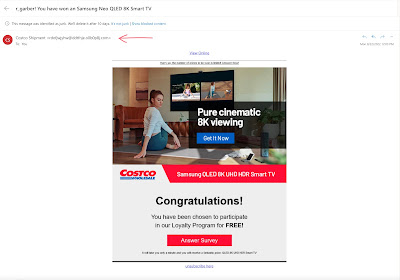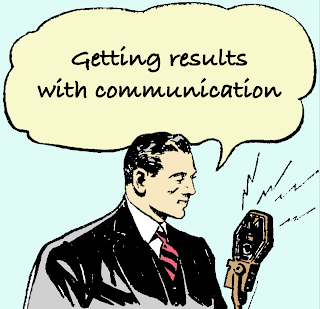I ran across a similar statement in an article by Solomon
Timothy at Forbes on February 10, 2022 titled Why you never want to be the
smartest person in the room. That sentiment was voiced repeatedly by James Watson,
the molecular biologist who along with Francis Crick received the 1962 Nobel
prize for proposing the double helix structure of the DNA molecule.
At Quote Investigator on February 21, 2019 Garson O’Toole
has an article titled Never be the brightest person in the room: then you can’t
learn anything. He mentions a version by Michael Dell in his Commencement Address
at University of Texas, Austin 2003 which is:
“Try never to be the smartest person in the room. And if you
are, I suggest you invite smarter people … or find a different room. In
professional circles it’s called networking. In organizations it’s called team
building. And in life it’s called family, friends, and community. We are all
gifts to each other, and my own growth as a leader has shown me again and again
that the most rewarding experiences come from my relationships.”
Another variation can be found in an article by Niklas Goeke
at Medium on June 30, 2020 titled Don’t be the smartest person in the room – stand next to
them:
“The late Harold Ramis, known for playing Egon Spengler in Ghostbusters,
once articulated it this way: ‘Find the most talented person in the room, and
if it’s not you, go stand next to them. Hang out with them. Try to be helpful.’
”
Similar sentiments were expressed by Dwight Eisenhower, who
is quoted by Clifford Hudson on page 43 of the 2020 book Master of None as saying:
“Always try to associate yourself with, and learn as much as
you can from, those who know more than you do, who do better than you, who see
more clearly than you do.”
In the 2022 book Trust & Inspire by Stephen M. R. Covey
et al, on page 250-1 they state at length these words of wisdom:
“Those who understand the need for speed and want to go fast
often consider themselves the smartest in the room. They don’t have time for
others, and they believe they have the skill set they need to accomplish the
job by themselves. If they need other people, what they need is for those people
to dependably do what they’re told. In a few cases, this might give them an
edge, but there’s a price to it, and it’s not sustainable. And more often than
not, it yields mediocre results.
Those who go far are those who go together. These people
recognize that not one of us is smarter than all of us together. The collective
ethos and knowledge of teams is what brings about true innovation and
creativity. It’s what allows for better ideas, deeper understanding, and
happier teams. Those who go far fast never think they are the smartest in the
room, they depend on others being more capable than they are and bringing
diverse thought and opinion to the team. They seek to work together to innovate
– but they do it on the basis of trust, allowing them to go faster as they
eliminate misunderstandings and hidden agendas while allowing people to focus
on and contribute their greatest strengths. They produce better results in a
faster and more effective way. They inspire each other to do their best work.”
Conversely, an article by Dan Forbes at LinkedIn Pulse on March
5, 2015 is titled The Smartest Person in the Room Syndrome, which he acronyms
as SPITR (pronounced spitter, and denoting negative behavior).
Images of a sofa and chairs were adapted from Openclipart.
























